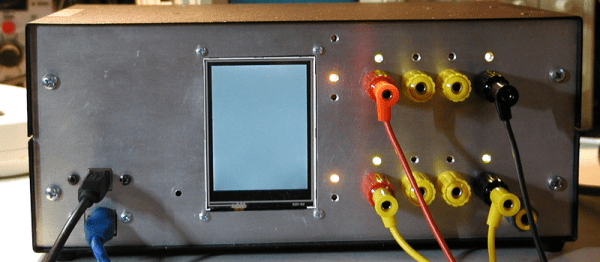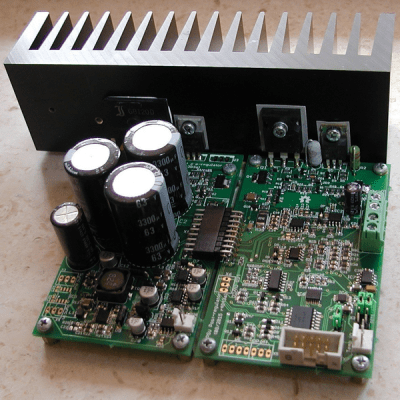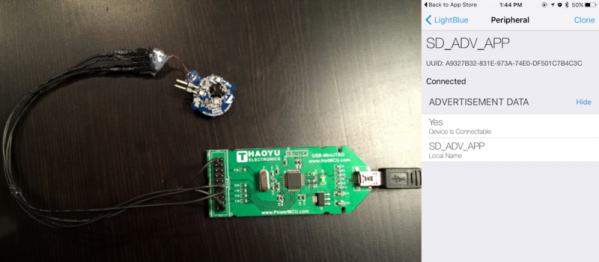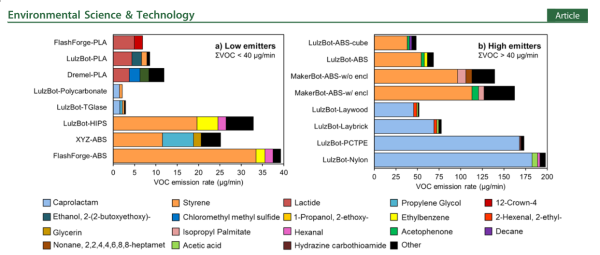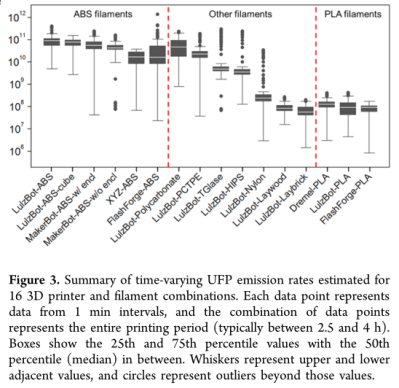Doing some 8-bit ASCII art, but can’t remember where you left your copy of MicroKnight for the Amiga? Or maybe you just need some low-res-but-high-style bitmap fonts to go with your LED pixel array. No fear! Maze.io is cataloguing old text-mode fonts for you.
Textmode.es has a slew of new and old text art from both the Amiga and PC scenes. Rendering some of these correctly really relies on having the right font, so the parser piece reads many different art file formats and renders them with the requested fonts. There’s ASCII, sure, but also ICE Draw, PCBoard, Artworx, and many more. But piece needs the right fonts to do its work, which brings us back to Maze.io.
So whether you’re interested in new or old text-mode art, or just in need of some pixels to push around, have a look at Maze.io. And if you see any ROMs out there with interesting fonts, let them know.
Title image credit trueschool.se


